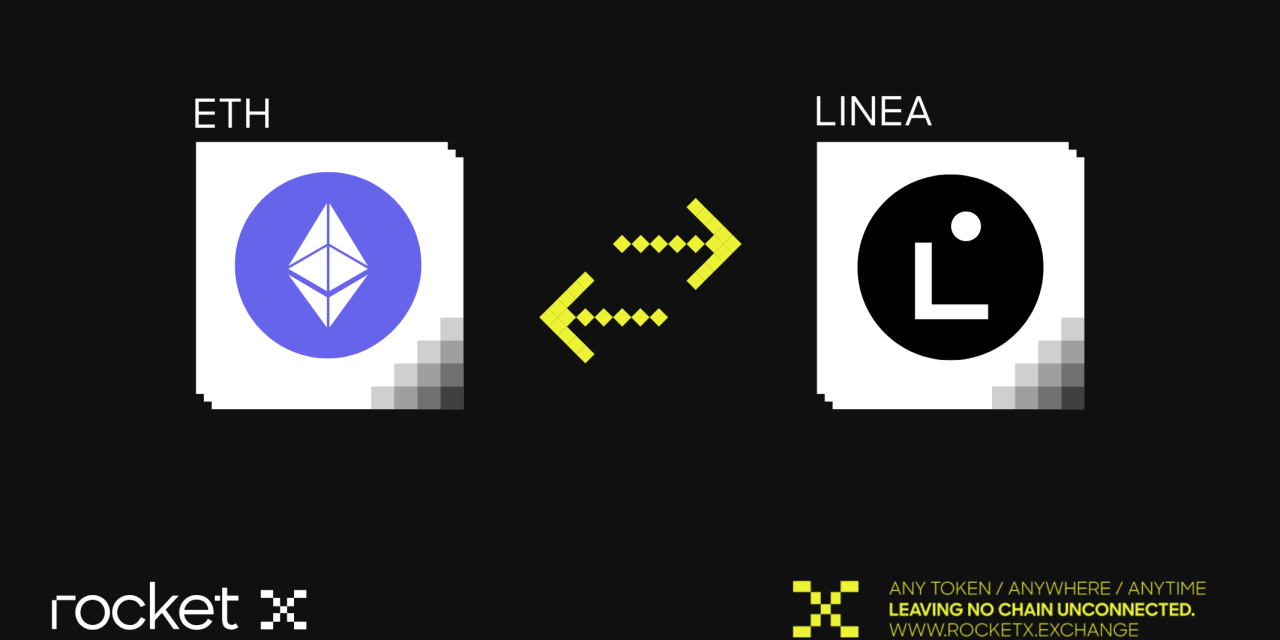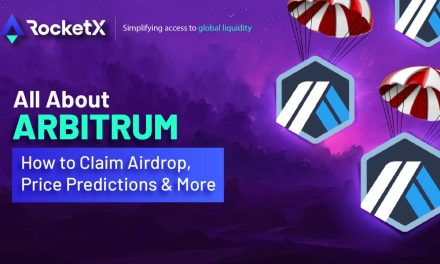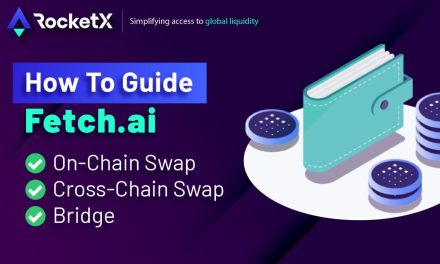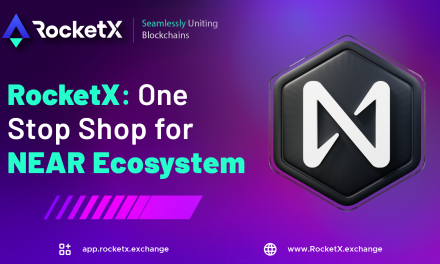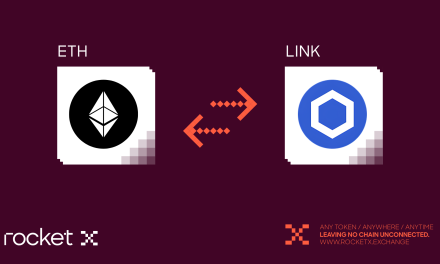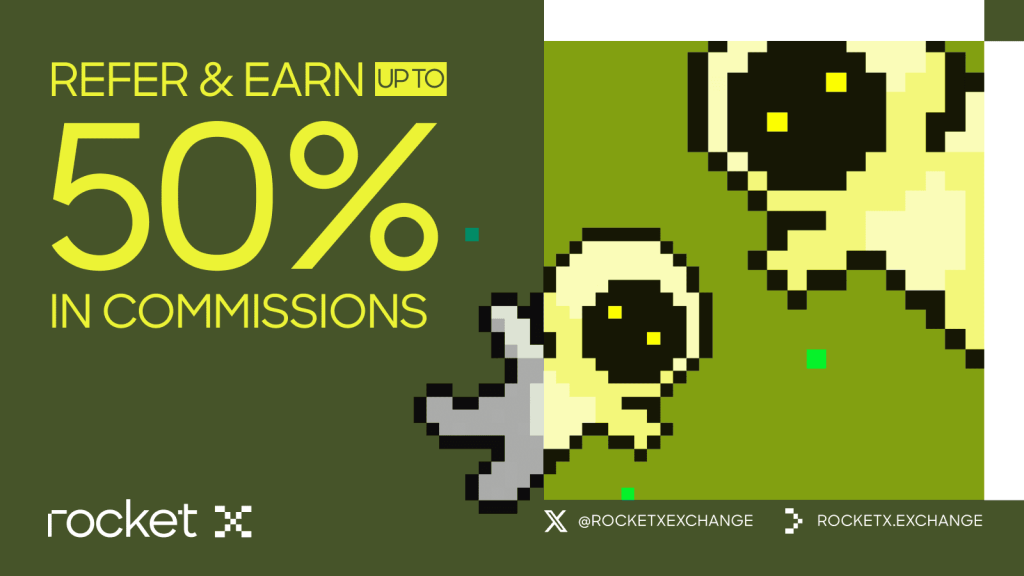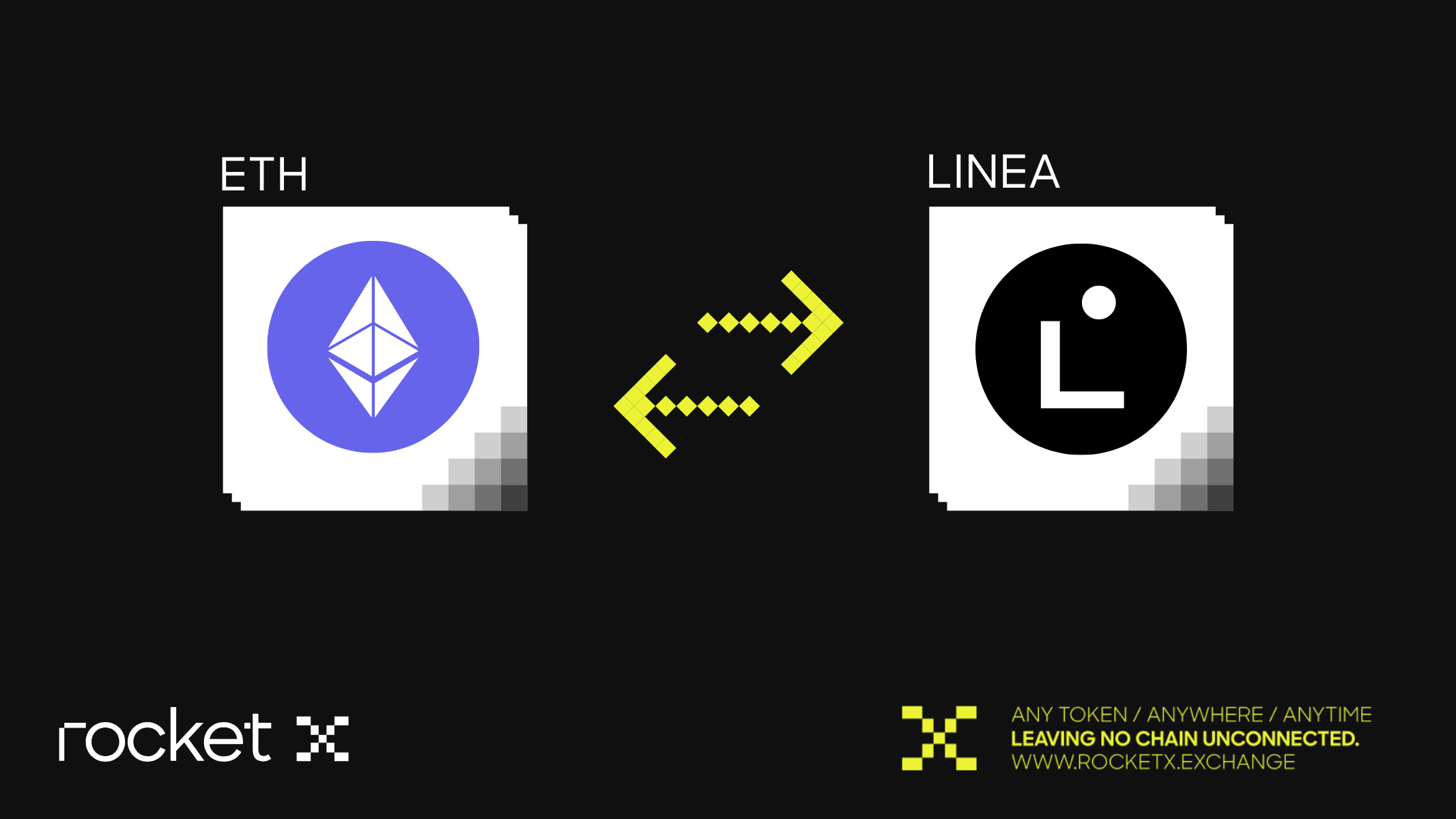
As blockchain technology continues to evolve, innovative platforms are emerging to enhance scalability, security, and decentralization. One such platform is the Linea Network with impressive milestones like surpassing $1.1 billion in Total Value Locked (TVL) and maintaining a current TVL of $788 million, this network is positioning itself as a major player in the layer 2 blockchain space. This article delves into the features of the Linea Network, how it operates, upcoming potential airdrops, the process for bridging and swapping tokens, and the most promising tokens to explore within the network.
Introduction to Linea Network
Developed by ConsenSys, the Linea Network is a layer 2 blockchain that exclusively leverages zero-knowledge proofs (zk-SNARKs) to ensure transaction privacy and scalability. Operating on top of Ethereum, this network handles thousands of transactions per second, offering significantly faster processing than Ethereum’s main network while maintaining low transaction fees. Unlike some other systems, Linea uses zk-SNARKs as its only proof system, which is designed to validate transactions with a single check quickly. However, this method requires a “trusted setup” at the start, which sets it apart from other systems like ZK-STARKs that don’t need this initial setup. Linea prioritizes the speed and security that zk-SNARKs offer.
For developers, Linea is user-friendly due to its compatibility with popular tools like MetaMask, Truffle, and Infura. This compatibility allows developers to migrate their applications from Ethereum to Linea without needing to modify existing code. With low fees and high transaction speeds, the network is ideal for decentralized finance (DeFi), non-fungible tokens (NFTs), gaming applications, and DAOs. As it gains traction and attracts more developers and projects, it is emerging as a preferred option for building scalable and efficient blockchain applications.
How Does the Network Work?
The Linea Network enhances Ethereum by using advanced zero-knowledge proofs (zk-SNARKs). Here’s a straightforward explanation of the process:
- Transactions Start: Users send transactions to Linea, which collects them in a mempool.
- Sequencer Steps In: The Sequencer orders these transactions and processes them, creating transaction blocks.
- Proof Creation: The Prover generates cryptographic proofs (zk-SNARKs) to validate the transactions without revealing details.
- Connecting to Ethereum: The Bridge Relayer links Linea to Ethereum, sending proofs and transaction data back to Ethereum.
- Final Verification: Ethereum verifies these proofs, ensuring accuracy and updating its records.
This process allows Linea to handle numerous transactions quickly and cheaply while maintaining security and privacy, boosting Ethereum’s speed and efficiency without compromising security.
Upcoming Potential Airdrop
ConsenSys is planning a potential airdrop for the network to engage and reward its loyal community. As part of this initiative, two programs have been launched: Linea Voyage and Linea Surge to foster participation and enhance ecosystem development.
Linea Surge
Linea Surge aims to boost the network’s Total Value Locked (TVL) by attracting liquidity providers and engaging DeFi enthusiasts. This program is open to all users, from large-scale liquidity providers to retail participants. By contributing liquidity, users can earn non-transferable LXP tokens that represent contributions to the ecosystem. These tokens could make participants eligible for future rewards and benefits within the network.
Linea Voyage
Linea Voyage offers users a unique way to earn experience points (XP) through various tasks and activities within the ecosystem. Participants can earn Linea Voyage LXP, which are soulbound tokens distributed to recognize significant contributions. These tokens, visible in MetaMask wallets, do not hold monetary value but can unlock exclusive roles, rewards, and recognition within the community.
How to Bridge to Linea Network Using RocketX Exchange
To benefit from the potential upcoming airdrop, it’s essential to use the network. Here’s a step-by-step guide:
- Access RocketX Exchange: Visit the RocketX Exchange website.
- Connect Your Wallet: Click “Connect Wallet” and link your preferred wallet (e.g., MetaMask, Trust Wallet).
- Select Network and Tokens:
- Source Network: Choose the network you are bridging from (e.g., Ethereum).
- Destination Network: Select Linea as the destination network and the ETH token as it is required to pay the fee in the network.
- Enter the Amount: Specify the amount to bridge.
- Add Recipient Address: Enter your Linea wallet address only if you wish to receive your assets in a different wallet.
- Initiate the Bridge: Review the details, click on bridge and confirm the transaction in your wallet. The tokens will be transferred to your Linea wallet.
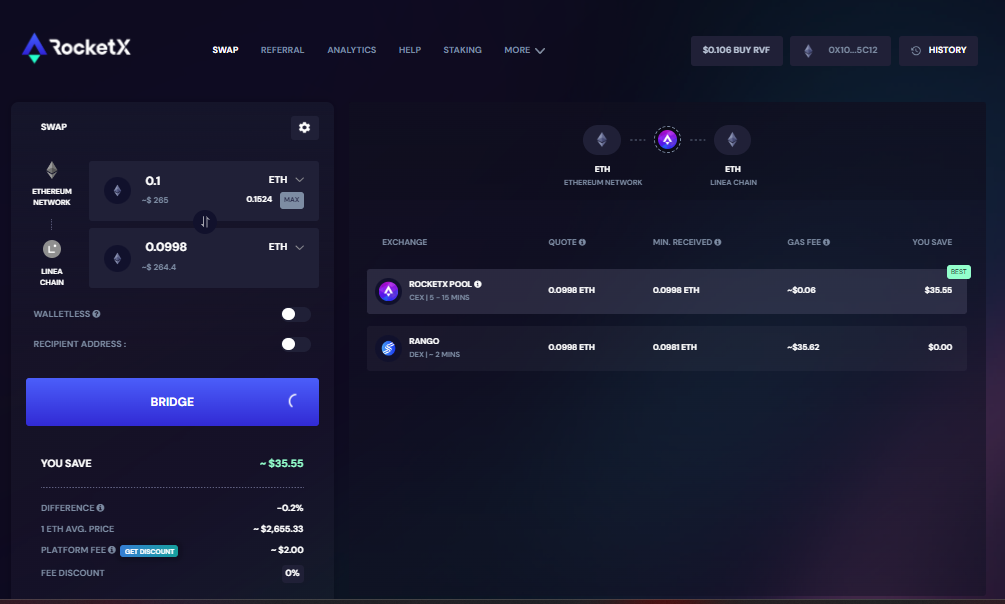
Swapping Tokens on the Network
Once you have tokens on the network, swapping them can increase your activity within the ecosystem, enhancing your chances of qualifying for an airdrop. Here’s how:
- Access RocketX Exchange: Visit the RocketX Exchange website.
- Connect Your Wallet: Ensure your wallet is connected to the Linea network.
- Select Tokens: Choose the tokens to swap.
- Enter the Amount: Specify the amount for the swap.
- Review and Confirm: Check the swap details and confirm the transaction.
Best Tokens to Buy on Linea Network
The network hosts a variety of tokens, each offering unique value propositions. Here are some top tokens to consider:
Foxy Token Linea
The Foxy token is a unique “culture coin” for the blockchain, blending meme token elements with community-building aspects. It aims to foster a strong sense of community among users and is available exclusively on this Layer-2 network supported by ConsenSys.
ZeroLend (ZERO)
ZeroLend is a decentralized lending platform for liquid restaking tokens and real-world assets on Layer-2 networks like Linea, zkSync, Manta, Blast, and X Layer. As a major DeFi lending market, it aims to create a highly capital-efficient, risk-free environment for lending and borrowing crypto assets. The $ZERO token serves as the platform’s utility and governance token, facilitating decentralized decision-making within the ecosystem.
Dmail Network
Dmail Network is an advanced blockchain-based email platform integrating message communication, asset management, and data storage functions. It aims to be a foundational tool for users entering the Web 3.0 era and serves as a bridge for Web 2.0 users to access blockchain services easily.
Lynex Token (LYNX)
The Lynex Token (LYNX) is the native utility token of the Lynex decentralized exchange (DEX) on the Linea blockchain. Lynex facilitates token swapping, liquidity provision, and governance through the innovative veLYNX voting mechanism. The platform integrates with multiple Automated Liquidity Managers (ALMs) to optimize liquidity positions and supports dynamic fee structures that adapt to market conditions, enhancing both user experience and capital efficiency.
Conclusion
The Linea Network stands out as a robust and innovative blockchain platform, offering a range of features for both developers and users. From its scalable architecture and DeFi integration to its cross-chain capabilities and community initiatives, this network is poised to significantly impact the crypto space. By following the steps outlined in this guide, you can start exploring and benefiting from the Linea Network today.

